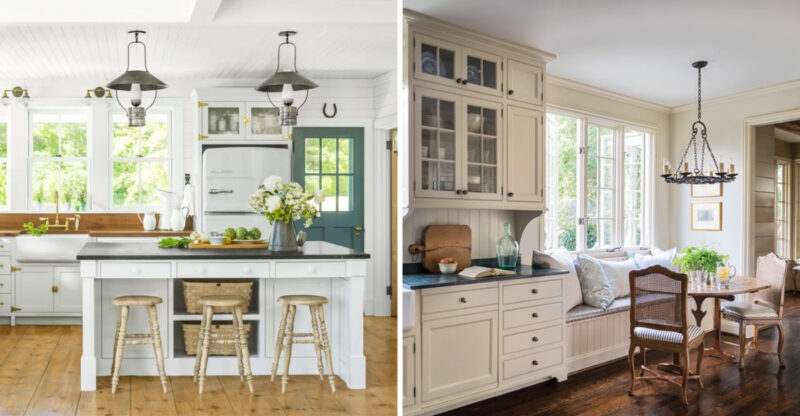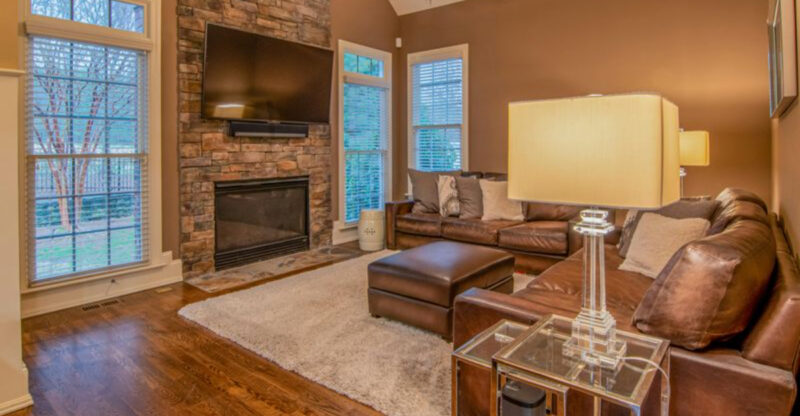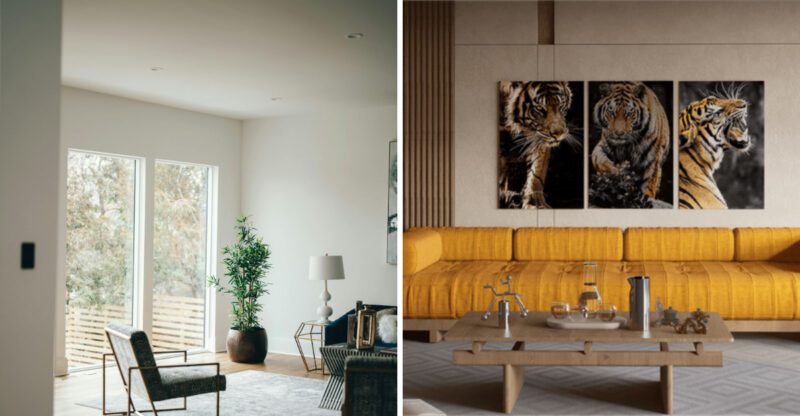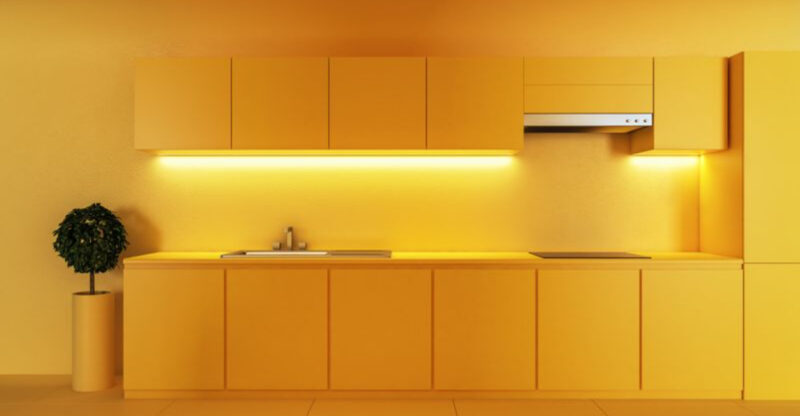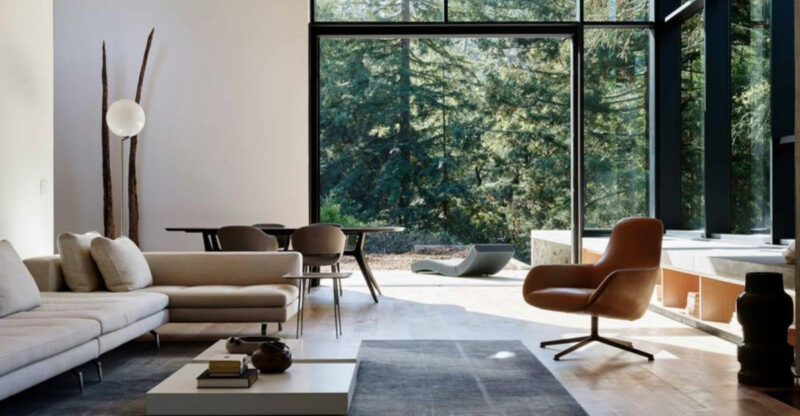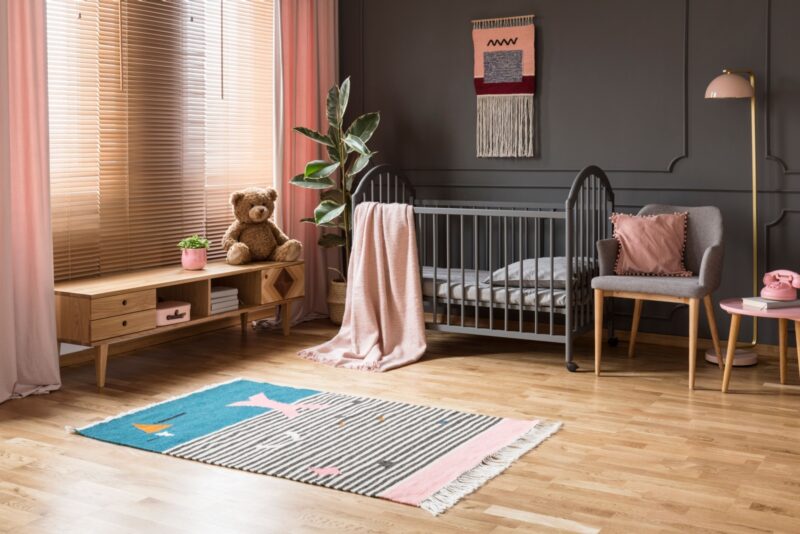11 Home Details That Often Become Noticeable After Moving Into Older Houses
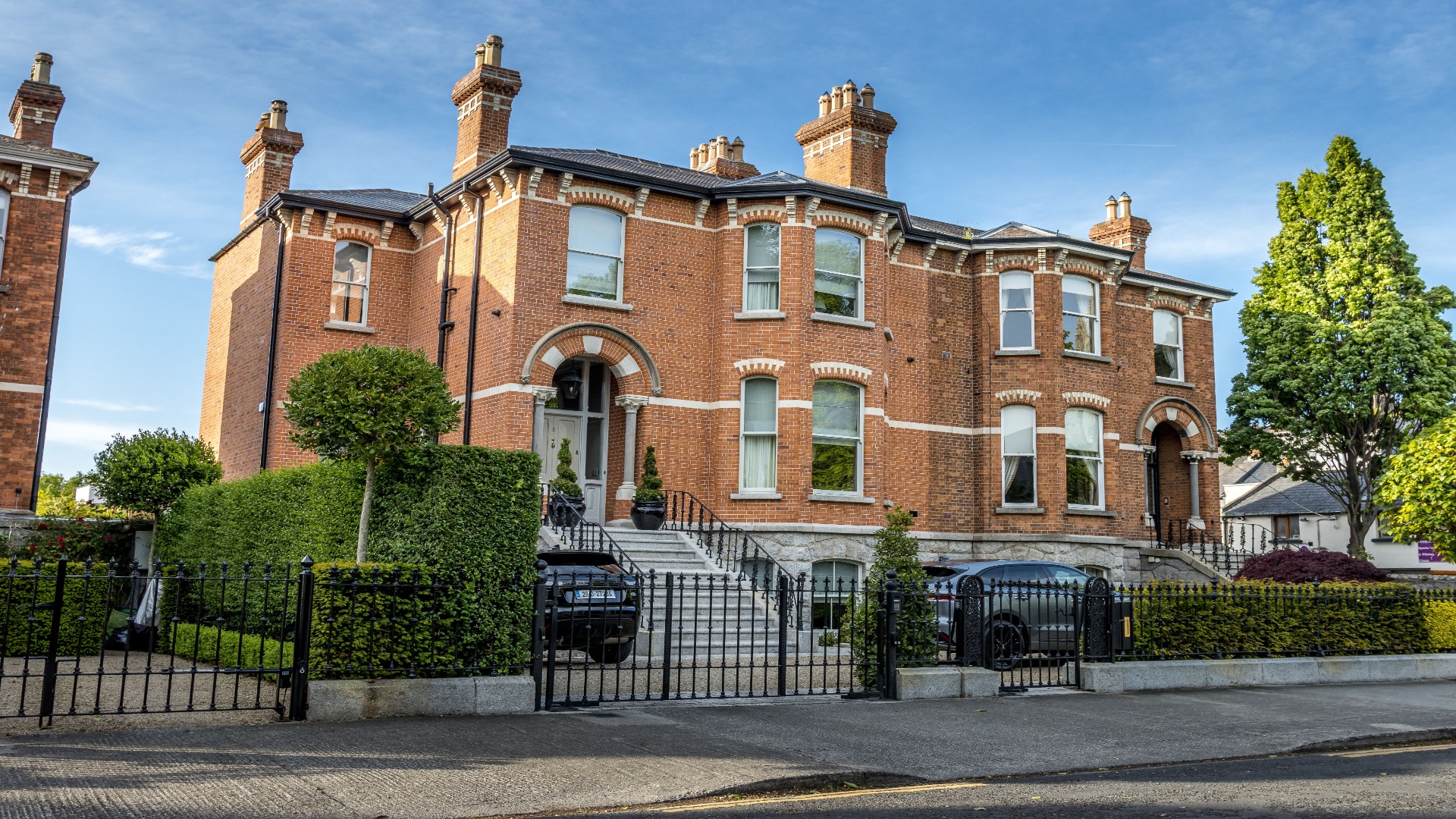
Moving into an older home comes with unique character but sometimes also unexpected discoveries. Certain features that weren’t obvious during the walk-through can become noticeable once you’ve settled in. Whether it’s the gentle creaking of wooden floors or oddly placed outlets, these details often reveal themselves only after you’ve settled in.
This article is for informational and inspirational purposes only. Older homes can have unique features and safety concerns. Consult qualified professionals before making modifications or repairs to ensure compliance with building codes and household safety.
1. Quirky Floor Plans
The layout might feel like a delightful puzzle at first. Rooms connect in unexpected ways, with doorways appearing in surprising places.
Small nooks and crannies serve as reminders of how differently families lived decades ago. That random step between rooms or unusually shaped closet actually had a purpose in its day!
2. Radiator Heat Systems
Those cast-iron beauties along the walls aren’t just decorative pieces! Radiator heating creates a different kind of warmth compared to modern forced-air systems.
During winter, they become often used for drying mittens or warming towels. Listen for the distinctive clanking and hissing sounds that become a comforting winter soundtrack in older homes.
3. Mysterious Light Switches
Push-button switches with separate on/off buttons or switches that seemingly control nothing puzzle new homeowners. Sometimes one switch operates outlets rather than overhead fixtures.
The mystery continues when you discover switches in odd locations – halfway down hallways or behind doors. Previous homeowners may have added to the electrical system in creative ways over decades.
4. Original Hardwood Hiding Under Carpet
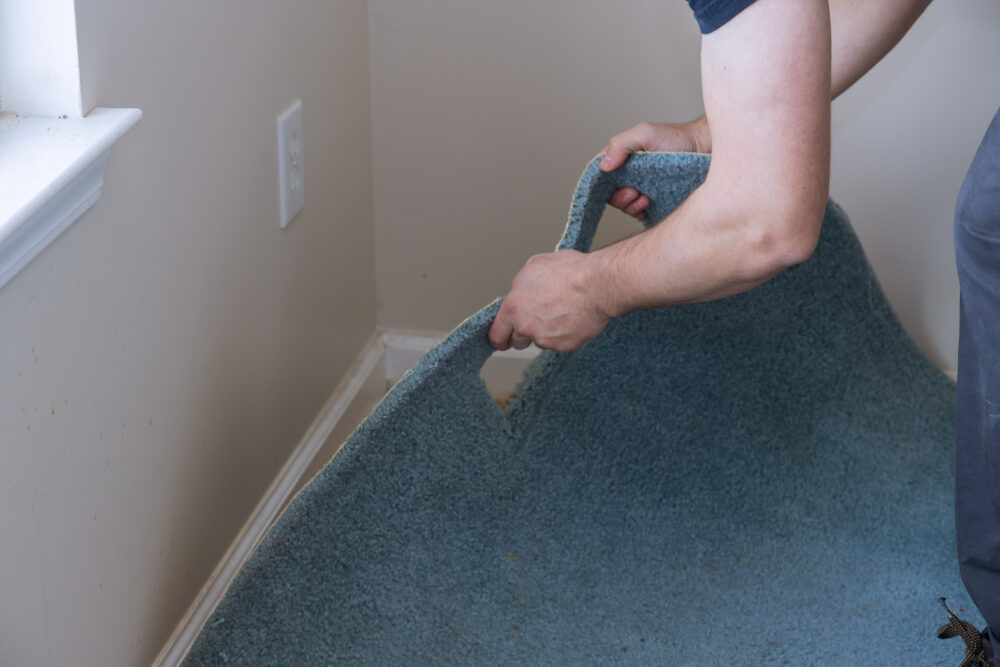
Sometimes concealed beneath dated carpeting, there awaits beneath dated carpeting! Many older homes conceal beautiful hardwood floors that have been protected for decades.
Pulling back a corner often reveals oak, maple, or pine treasures with distinctive grain patterns. While they might need refinishing, these floors represent craftsmanship that’s increasingly rare in modern construction.
5. Squeaky Wooden Floors
Those creaks and groans underfoot often become familiar sounds in daily life. Wood expands and contracts with temperature and humidity changes, creating distinctive sounds.
Mapping the squeaky spots becomes second nature – you’ll know exactly where to step when sneaking in late. Some homeowners even rely on these natural alarms to alert them when children are up past bedtime.
6. Plaster Walls Instead Of Drywall
Hanging pictures becomes an adventure with traditional plaster walls! Unlike modern drywall, these surfaces require special anchors and techniques.
The upside? Plaster provides superior soundproofing and temperature insulation. You might notice the subtle texture differences too – plaster walls have a depth and character that flat drywall simply can’t match.
7. Unusual Built-In Storage
Surprise storage appears in unexpected places! Medicine cabinets recessed between wall studs, pull-out ironing boards, and telephone niches remind us of different daily routines.
Kitchen cabinets might feature specialized compartments for flour sifting or bread cutting. These clever space-saving solutions reflect an era when homes were smaller but thoughtfully designed for specific household tasks.
8. Windows That Need Seasonal Attention
Double-hung windows with sash weights and ropes operate differently than modern versions. They might stick in humid weather or rattle during windy days.
Storm windows need seasonal changing – removed in spring and reinstalled for winter. This feature often provides architectural charm despite requiring seasonal care with wavy glass panes and original hardware that offer charm which new construction rarely captures.
9. Transom Windows Above Doorways
Those small windows above interior doorways weren’t just decorative! Transoms allowed air circulation when doors were closed, an important feature before air conditioning.
Some still open with original hardware – small cranks or rods that let you adjust airflow. In homes where they’ve been painted shut, they still serve as natural light passages between rooms.
10. Basement Coal Doors
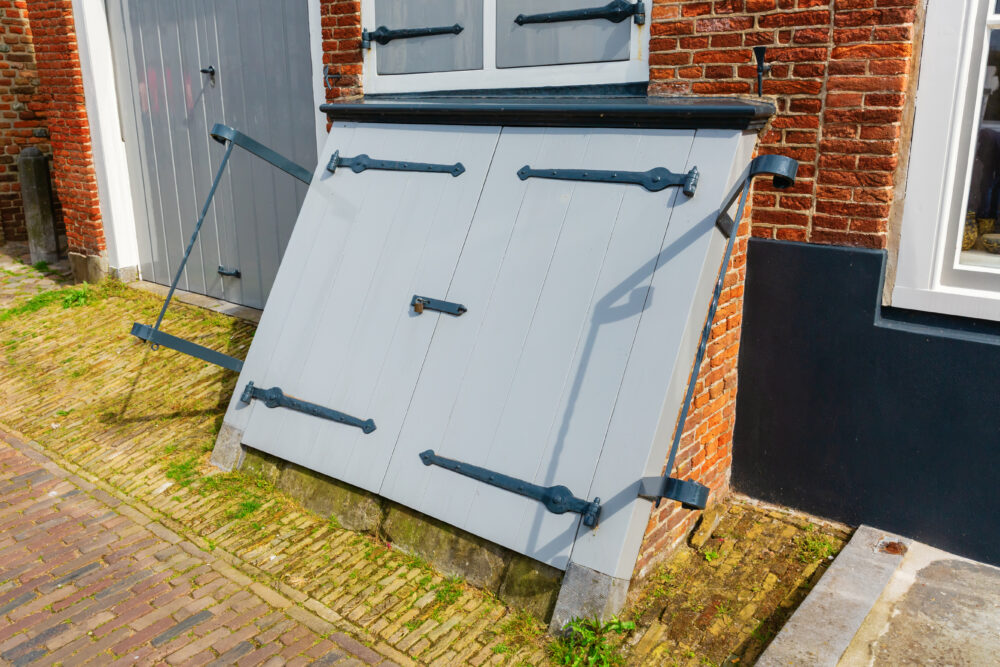
Small exterior doors near the foundation might puzzle new owners of pre-1950s homes. These coal chutes allowed delivery people to dump fuel directly into basement storage areas.
Though rarely used today, these access points remain as historical markers. Some homeowners repurpose them as garden access or small storage areas, preserving this practical feature from a different heating era.
11. Laundry Chutes And Dumbwaiters
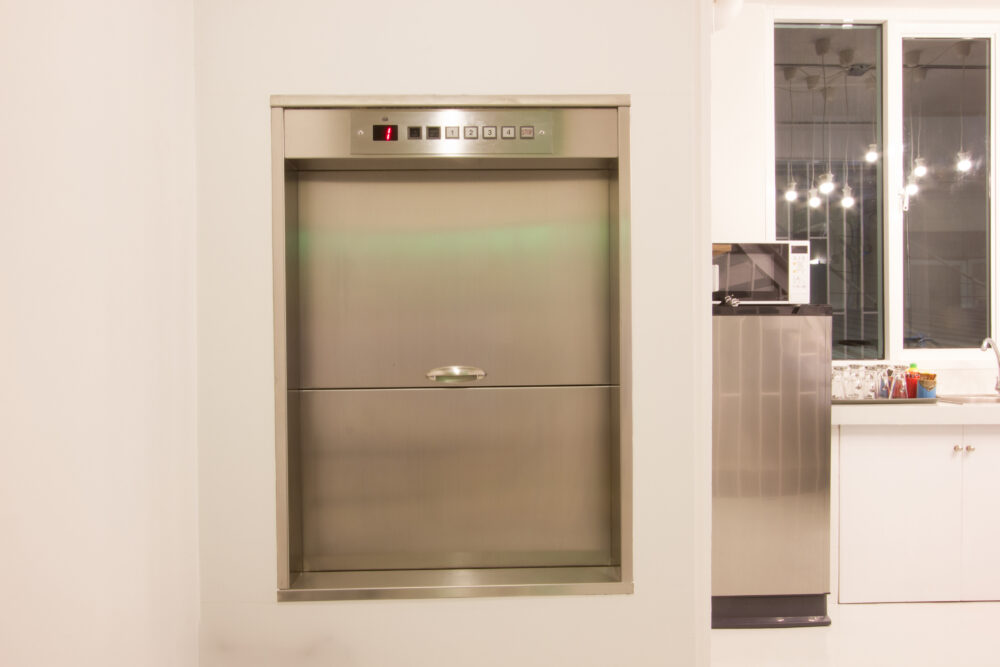
Hidden vertical passages between floors served practical purposes in multi-story homes. Laundry chutes simplified household chores, while dumbwaiters transported food and dishes between kitchens and dining rooms.
These clever systems represent early home automation! Though safety concerns have closed many, discovering these passages can seem like discovering hidden features in your home.

